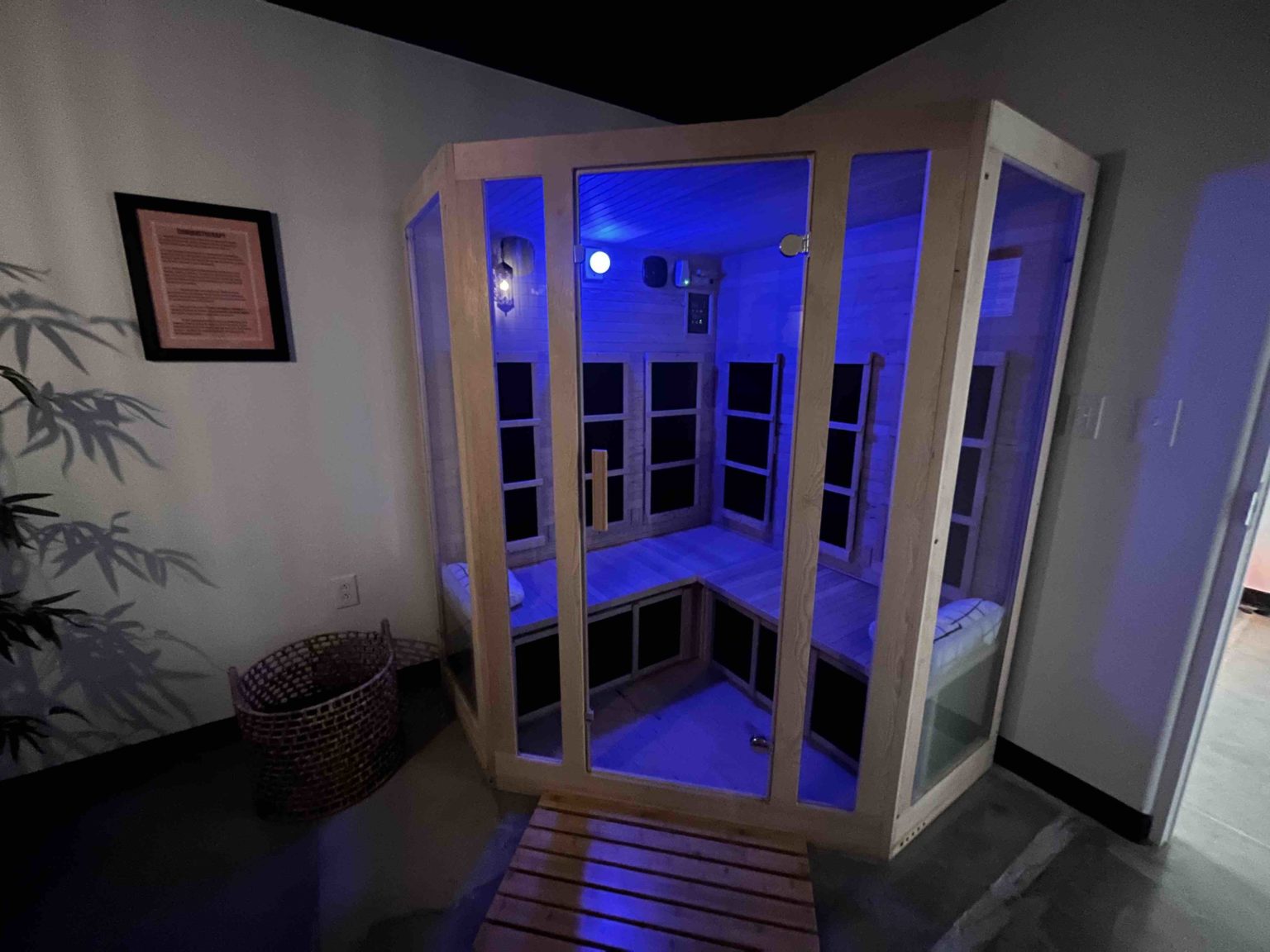It is not uncommon for people to feel more depressed in the winter.
When there are longer hours of darkness, more melatonin is released by the pineal gland, which prepares the body for sleep and tends to make people more lethargic. In addition, serotonin, a neurotransmitter that regulates mood, may also be affected by less frequent vitamin D production in response to the shorter days.
More severe and frequent cases of the wintertime blues may be a sign of seasonal affective disorder, which Psychology Today says affects an estimated 10 million Americans. The disorder is more common among people who live far north or south of the equator and is more prevalent in women than men. The age of onset is typically between 18 and 30, but it can affect just about anyone.
Symptoms of seasonal affective disorder
Those who experience episodes of severe depression during the same season each year may have SAD and should consult a doctor if the following symptoms exist:
- Feelings of hopelessness and sadness
- Thoughts of suicide (anyone in the U.S. can call or text 988 to be connected to a trained counselor that is part of the 988 Suicide & Crisis Lifeline)
- Hypersomnia or a tendency to oversleep
- A change in appetite, especially craving sweet or starchy foods
- Weight gain
- A heavy feeling in the arms or legs
- A drop in energy level
- Decreased physical activity
- Fatigue
- Difficulty concentrating
- Irritability
- Increased sensitivity to social rejection
- Avoiding social situations
Symptoms of summer SAD include:
- Poor appetite
- Weight loss
- Insomnia
- Agitation and anxiety
Treatment for seasonal affective disorder
Both Psychology Today and WebMD say antidepressants such as Bupropion XL may be prescribed by a doctor for those diagnosed with SAD. Other treatments for SAD include light therapy and regular exercise.
Taking a walk when the sun is out is one way to receive more sunlight and exercise at the same time, but this may not always be possible due to clouds, freezing temperatures or other reasons. Psychology Today says light treatment can be administered by using an artificial light that mimics the early morning glow of the sun. A lightbox or a light visor can be used to help improved one’s mood.
“The individual either sits in front of the lightbox or wears the light visor for a certain length of time each day,” Psychology Today says. “Generally, light therapy takes between 30 and 60 minutes each day throughout the fall and winter.”
Light therapy should continue regularly until there is more natural daylight available, typically in the spring. Side effects of light therapy may include eyestrain, headache, fatigue, irritability and the inability to sleep if it is administered too late in the day.
Local businesses offer alternative healing options
Several businesses in the Northeast Heights offer alternative healing therapies for a number of ailments, including depression, fatigue and PTSD. Amethyst Mind Body Synergy at 7050 Barstow St. NE provides various therapy services and neurofeedback treatment.
Neurofeedback can help identify information the brain needs to organize itself and may be beneficial in reducing stress, fatigue and depression. Amethyst also offers SIMRA and sound therapy as well as a salt room, which is thought to help relieve a variety of symptoms and alter one’s mood and energy level.
The Salt Cave, located at 8001 Wyoming Blvd. NE, also provides services to help relieve various ailments and symptoms related to energy and mood. The Salt Cave officially opened on Dec. 10 and offers a salt cave, salt room, infrared sauna, foot detox and bemer mat pulsed electromagnetic field therapy.
Owner of The Salt Cave, April Eschenbrenner, said salt therapy provides a number of health benefits such as respiratory and skin conditions, and can help to fight depression and anxiety. The infrared sauna is another form of light therapy, which is also offered at Restore Hyper Wellness at 8910 Holly Ave. NE.
Watch a platypus video to cheer you up
There are tons of different suggestions on how to be happier and avoid the wintertime blues. One suggestion is to emulate motivational people or read inspirational quotes. One quote widely shared among veterans and the military community is by the late Marine Corps Gunnery Sgt. Dan Daly.
During the 1918 Battle of Belleau Wood, Daly’s troops were outnumbered, outgunned, pinned down and taking a terrible pounding by the Germans. Instead of retreating or giving up, Daly ordered an attack, famously crying out, “Come on, you sons of bitches, do you want to live forever?”
The battle was one of the first engagements by the U.S. military in World War I, and thanks to Daly and his battle cry, led to an allied victory that boosted the morale of the troops.
If Daly’s battle cry doesn’t lift the spirits, then perhaps a good old comedy show or nature documentary might do the trick. Professional soccer instructor Drew Baldwin recommends watching the documentary “Tasmania”, and playing soccer, of course.
“If the holidays have you feeling blue or wanting to take a header of anything readily available, I highly recommend just watching and listening to David Attenborough,” Baldwin says. Attenborough’s documentary “Tasmania” features wombats, wallabies and platypus thriving on the vast island wilderness.
“If the sight of a fat platypus scooting around rather blissfully doesn’t pull ya out of it I can’t do nothing for ya man,” Baldwin says.


